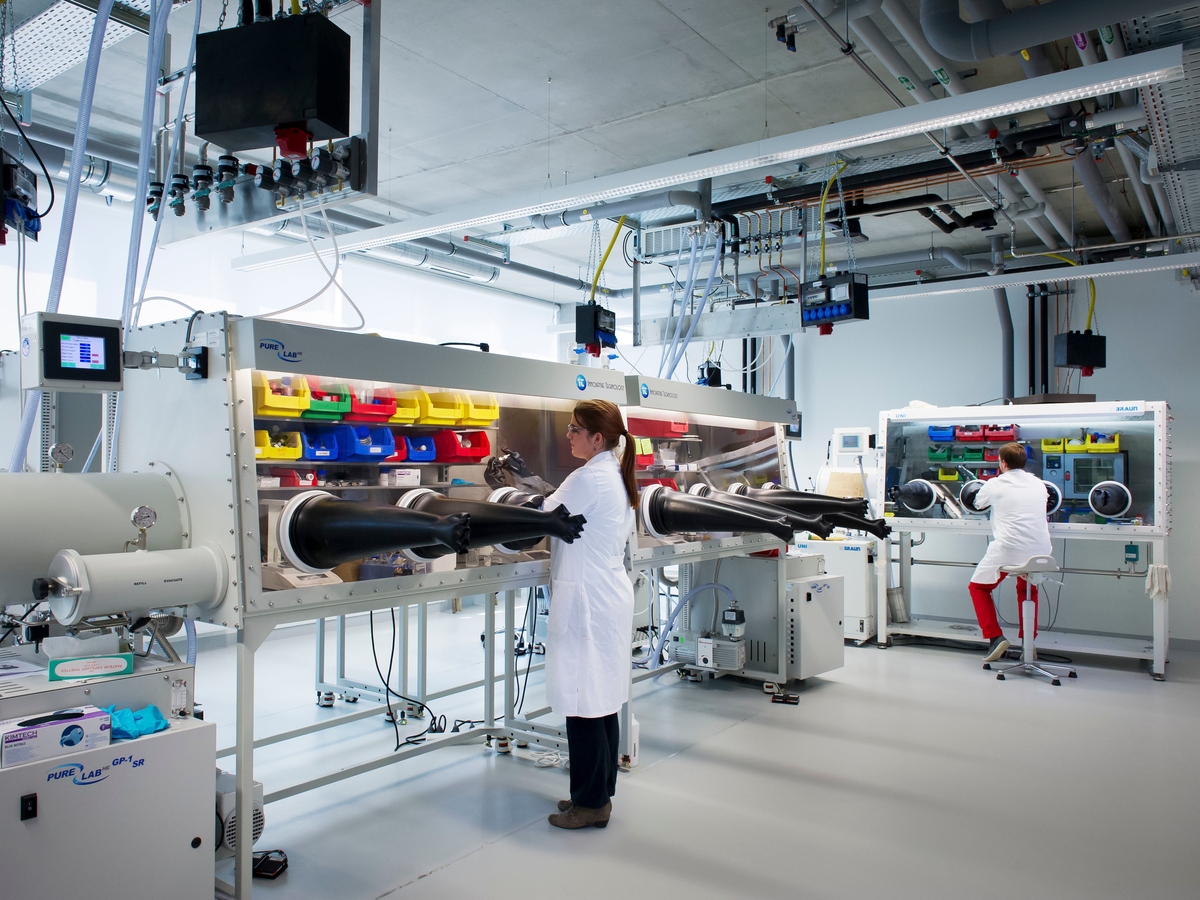Europe: Roadmap for sustainable batteries
Batteries are used in an ever-growing number of applications. They are considered a key technology to foster the energy transition and achieve the climate goals.
“Currently, the market is dominated by lithium-ion batteries, which perform well but have several shortcomings regarding sustainability aspects,” points out Marcel Weil, head of the ITAS research group on Sustainable Energy Technologies (RESET). “Without major breakthroughs, battery performance and production will not be sufficient to enable the transition to a climate-neutral society,” concludes the ITAS expert.
For this reason, Marcel Weil, together with almost 50 battery researchers from all over Europe, has now published a new roadmap as part of BATTERY 2030+, a large-scale European initiative that aims to develop sustainable battery technologies of the future in Europe.
Pathway to the batteries of the future
In their recently published roadmap, the researchers describe the pathway and conditions for inventing the batteries of the future, as well as the necessary measures to ensure their sustainability and use in a circular economy.
The roadmap focuses on technologies at a very early stage of development with a time horizon to market of more than ten years. The scientists provide detailed information on how to accelerate the discovery of new battery materials and how to integrate smart functionalities such as automatic voltage regulation (sensing) and life extending self-healing processes. In addition, the researchers give advice on crosscutting topics such as industrial scale manufacturability and battery recyclability. (11.03.2022)
Further links and information:
- Journal article A Roadmap for Transforming Research to Invent the Batteries of the Future … in Advanced Energy Materials
- European research initiative BATTERY 2030+
- Research group Research for Sustainable Energy Technologies at ITAS
- Research group Resources, Recycling, Environment & Sustainability at Helmholtz Institute Ulm


